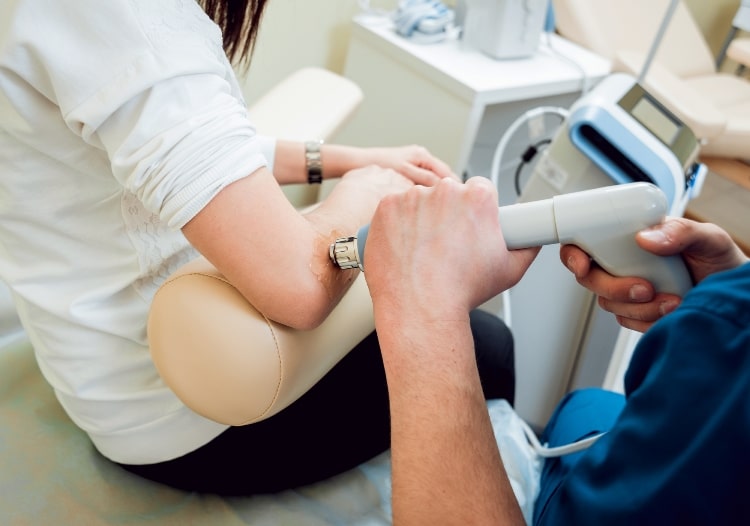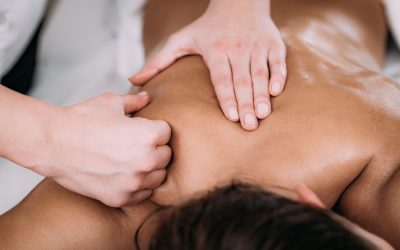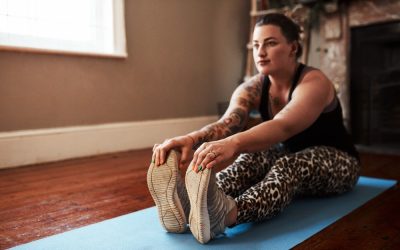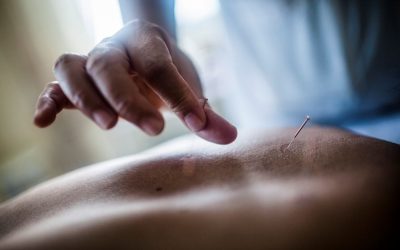What is cold laser therapy?
Cold laser therapy is a low-intensity laser that promotes healing whilst using low levels of light.
It is also known also as:
- low-level laser therapy (LLLT)
- photo biomodulation
- low-power laser therapy (LPLT)
- soft laser bio stimulation
Laser therapy is non-invasive which gets deep into the tissue whilst just resting on the skin with no heating effect. Although you will feel the device touching your skin, the treatment is painless. There is no sound, and you won’t feel any vibration or heat at all. Each treatment only takes a few minutes.
When the laser light is absorbed by the body, it triggers biological reactions in the cells, which is known as ‘biostimulation’.
What does cold laser therapy do?
- It increases the production of ATP (Adenosine Triphosphate) which is an ‘energy carrying molecule’
- It releases endorphins that relieve pain
- It shortens healing times
- It increases collagen & enzyme production
- It improves blood flow & circulation
- Improves lymphatic flow & drainage
- It reduces inflammation
- It accelerates tissue regeneration
- It improves nerve function & health
What can cold laser therapy be used for?
Cold laser therapy can be used for many conditions as it helps to heal and regenerate muscles, ligaments, cartilage and nerves. Some conditions that may typically be treated by cold laser therapy include:
- Fibromyalgia
- Arthritis
- Knee, back and neck pain
- Carpal tunnel syndrome
- Tendinopathies
Can anyone have cold laser therapy?
There are some conditions which would mean you are unsuitable for cold laser therapy.
These include:
- Those with a suspected cancer or tumour unless they have approval from an oncologist or GP.
- Those who are on immune suppression therapy.
- Those with Epilepsy.
Those with the following conditions aren’t exempt from treatment, but require special care:
- Those suffering from a fever
- Those with sensitive skin
- Those with a tattoo over the area that needs treating.
- Those who are ‘photosensitive’ (have a strong reaction to light) i.e. those taking any light-sensitive drugs including thyroid medication, Retin-A, tetracycline and St. John’s Wort.
- Those with a coagulation disorder. Lasers can increase blood flow and this could result in unexpected consequences.
What evidence is there behind cold laser therapy?
Many studies have been carried out to show the efficacy of cold laser therapy. In 2009, a study was carried out to determine the effects of cold laser therapy on tendinopathies. People who had been diagnosed with tendinopathy and had loss of function or even disability and pain were included. There was no distinction made in terms of gender, age, level of activity or severity of the injury.
Controlled clinical trials evaluating low level laser therapy (LLLT) as the main treatment for any tendinopathy were included in the review and 25 met the inclusion criteria. Out of these, 12 showed positive effects and 13 were inconclusive or showed no effect. In two studies, low level laser therapy proved it had a positive effect: in studies of tennis elbow that scored ≥6 on the PEDro scale* participants’ grip strength was 9.59 kg higher than it was in those in the control group; for those suffering from Achilles tendinopathy, the effect was 13.6 mm less pain on a 100 mm visual analogue scale (VAS)**.
A further study was carried out between 2016-2107 to determine the effect of Cold Laser Therapy on pain and range of movement in patients who suffered from knee osteoarthritis. Treatment was given to two groups – one had physiotherapy alone (placebo group) and one had physiotherapy with cold laser therapy. The treatments for both groups involved 10 sessions, 5 times a week. The cold laser therapy was applied around the knee during two weeks of treatment in one group and the laser was applied in the placebo group, but the power output was zero.
Results showed that both treatments over time led to a significant reduction in pain when the participants were at rest and also at activity. It also showed an increase in the range of both knee flexion and extension.
At Physio & Therapy we only use treatments that are evidence-based, ensuring every patient gets the best care possible, so they can start to live a pain-free life. Aron is our cold therapy specialist and has received many positive reviews following his successful treatment of patients using cold laser therapy.
If you’d like to know more about cold laser therapy, or to book an appointment please pop in or call us on 01434 338010. Appointments can also be booked with Aron directly via our website by visiting the Appointments page.
** A Visual Analogue Scale (VAS) is a pain rating scale used for the first time in 1921 by Hayes and Patterson. The pain VAS is a subjective measure of pain intensity, used to record the progression of pain experienced by patients during treatment, or compare pain severity between those with similar conditions.
* The PEDro scale was developed to help PEDro users to quickly identify trials that are valid and have enough statistical information to guide clinical decision-making. Each trial report is given a PEDro score, which ranges from 0 to 10.
Read the next aritcle: How Physiotherapy Works To Improve Your Posture




